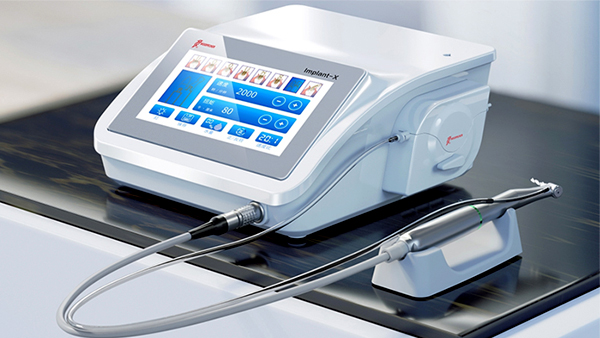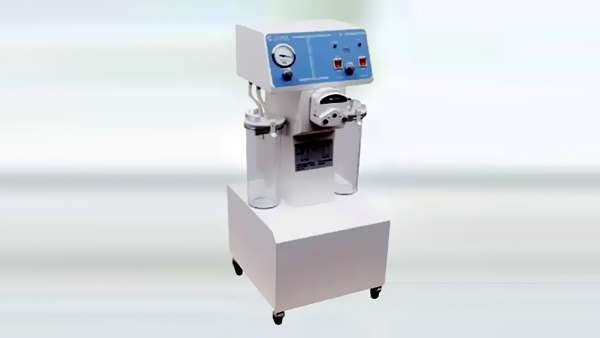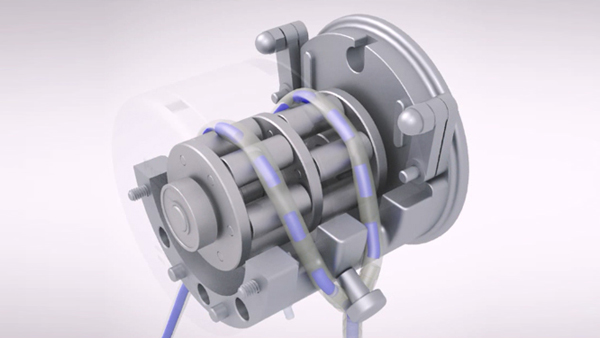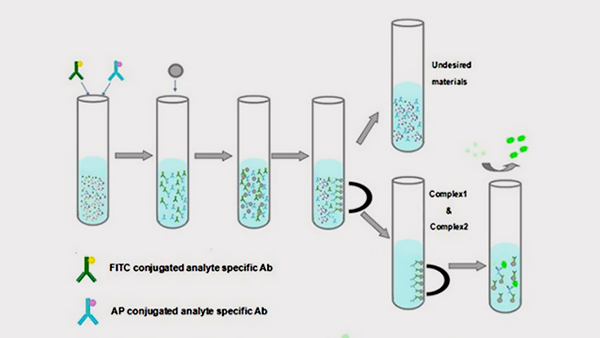
The peristaltic pump can be adapted to a disposable oral water delivery tube to prevent cross-infection, and choosing a quick-loading peristaltic pump makes it easier for medical staff to install the tube during the operation and reduces the difficulty of operation.

The principle of the peristaltic pump is to transfer the liquid by squeezing the hose, and the liquid only contacts with the hose. By replacing or cleaning the hose in the later stage, it can ensure cleanliness and sterility, in line with the safety regulations of medical devices. Other pump liquids pass through the pump body, which is difficult to clean and disinfect. Therefore, in the liposuction industry, peristaltic pumps are the best choice.

At present, aseptic preparation filling mainly uses two forms of filling pumps, one is a ceramic plunger pump, and the other is a peristaltic pump. Ceramic plunger pumps have the advantage of high precision, but they also have disadvantages such as high shear force and small filling range. For some high-end aseptic preparation filling, peristaltic pumps are currently used more.In the process of filling aseptic preparations, ensuring sterility and filling accuracy are the basic requirements, so the peristaltic pump needs to meet the following requirements:

Fermentation tanks are widely used in industrial production, and various experimental fermentation tanks and factory-scale production fermentation tanks are widely used in industrial production. These fermenter devices play an important role in biological fermentation. During the production process, the fermenter needs to continuously add and supplement various trace elements or catalysts in each process to control the properties of the fermentation process. The preciseness of the added trace elements can greatly affect the progress of the fermentation process and the quality of the final product.

Magnetic bead chemiluminescence enzyme immunoassay is an integrated detection technology that integrates magnetic bead separation technology, sensitive chemiluminescence analysis and specific antigen-antibody immunoassay. The bound state (complex: enzyme-labeled antibody + target antigen + magnetic particle antibody) is separated from the non-target substance and enzyme-labeled antibody in the free state by a magnetic field, and a luminescent substrate is added to perform a luminescence reaction, and the luminescence intensity is detected or qualitative determination.